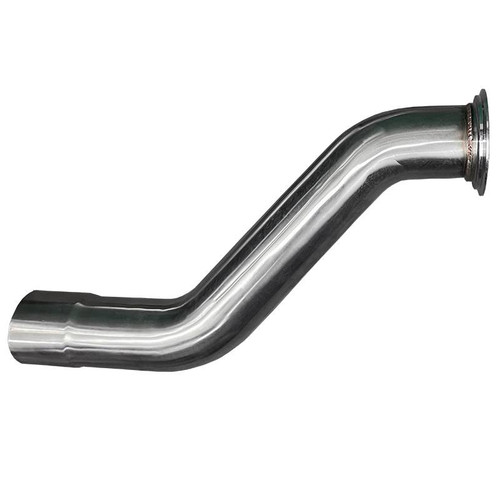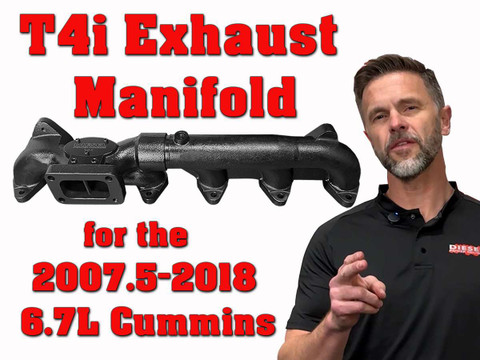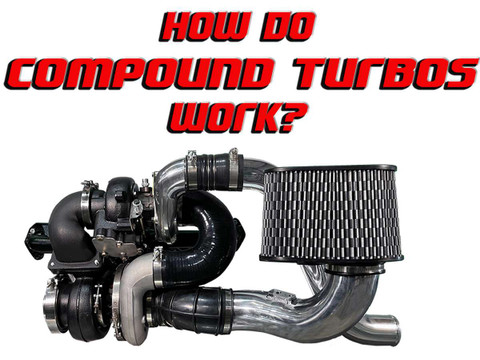These Ford-specific kits focus on clean packaging, service access, and reliable routing for Super Duty engine bays. CAD-modeled castings, brackets, and charge-air plumbing help the turbo operate in its efficiency range for towing and daily use. Choose components to match your goals—quick response for towing, balanced street manners, or added airflow for higher-fuel builds.
Why a Cummins in a Ford?
Enthusiasts choose the Fummins swap for torque, longevity, and easy power. A 5.9 or 6.7 Cummins can turn a Super Duty into a reliable tow rig or a strong daily that still sips fuel.
Best engine choices
- 5.9 12-valve (1989–1998): Simple mechanical fuel system, strong low-end torque, great for budget builds and reliability.
- 5.9 24-valve (1998.5–2002, 2003–2007): Solid base, better electronics support, easy to tune for towing and street performance.
- 6.7 (2007.5–2024): Modern drivability and big torque when set up correctly; excellent for heavy trailers and high-elevation routes.
Ford platforms we commonly support
- OBS & early Super Duty: Packaging for 7.3L-era bays with attention to steering shaft, heater box, and downpipe clearance.
- 6.0L Powerstroke chassis: Hot-side and charge-air paths designed for tight firewall and A/C routing areas.
- 6.4L Powerstroke chassis: Turbo and manifold geometry tailored to late Super Duty clearances and heat management.
What’s in a typical Fummins kit
Contents vary by year and configuration. A typical kit may include a turbocharger option sized for your goals, an exhaust manifold or adapter, hot-pipe and charge-air plumbing, oil feed/return solutions, clamps, couplers, brackets, heat shielding, and hardware. See each product listing for the exact bill of materials, actuator provisions, and sensor porting.
How to choose your setup
- Tow-first daily driving: Prioritize quick spool and steady EGT. Choose smaller to mid compressor sizes with matched turbine housing and a quality manifold.
- Balanced street performance: Mid-size compressor with freer housing for stronger midrange, while maintaining drivability and grade control.
- Higher-fuel builds: Larger airflow potential with freer A/R housings and appropriate fueling. Expect later spool; plan converter, gearing, and cooling.
Why choose a DPS Fummins solution
- Clean fitment: Components modeled around Ford bay constraints for service access and repeatable installs.
- Thermal control: Manifold and turbine geometry designed to reduce drive pressure and support cooler EGT on long grades.
- Serviceability: Sensor ports and hardware placement that support future maintenance and diagnostics.
- Scalable path: Options that grow with your build, from daily towing to compound-ready packages.
Install notes
- Confirm engine and transmission pairing, mount locations, and crossmember needs before ordering.
- Mock up hot-side and charge-air paths; check steering shaft, brake lines, and A/C hose clearance.
- Use new gaskets and quality hardware; follow torque sequences on a cold engine. Pressure test the charge-air system prior to first start.
- After shakedown, re-check fasteners, boots, and all oil connections. Monitor boost and EGT on initial towing runs.
Building in stages? Explore related categories: Cummins Conversion Kits (overview), S300 Single Turbos, S400 Single Turbos, and Diesel Exhaust Manifolds.
Frequently asked questions
Which Cummins is best for my Super Duty
For budget reliability, a 12-valve is a strong choice. For easy tuning and tow-friendly response, 24-valve common-rail options are popular. For maximum torque and modern drivability, a well-sized 6.7 works well when cooling and gearing are in order.
Do I need tuning after the swap
Many trucks benefit from calibration to optimize fueling, shift strategy, and boost control. If injectors or pumps are upgraded, tuning is recommended.
Will this keep daily drivability
Yes, with the right turbo sizing and installation. Towing builds should prioritize early spool and charge-air integrity for steady temps on grades.
What should I verify before ordering
Engine family, transmission adapter needs, mount locations, intercooler routing, downpipe path, steering and A/C clearances, and oil feed/return provisions. Gather fresh gaskets, fluids, and quality clamps and boots.












